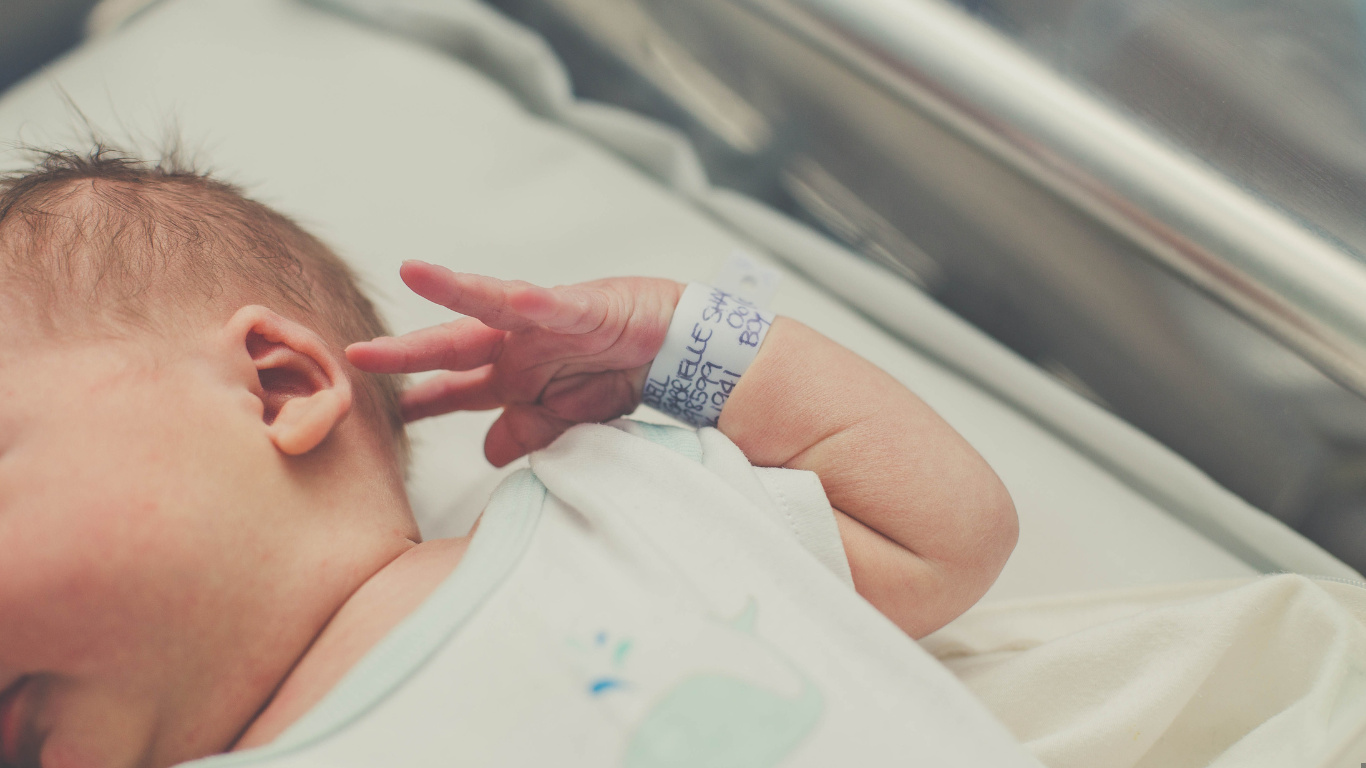What Is Considered a Birth Injury?
When you hear the term “birth injury,” it refers to any harm that occurs to a baby during or shortly after birth. Understanding what qualifies as a birth injury is essential, especially if you suspect your child has been affected. These injuries can result from natural causes during birth or be because of mishandling or mistakes by medical staff.
Common Birth Injuries
Birth injuries vary significantly in type and severity, affecting infants in various ways. Here are some of the more common birth injuries, along with additional details and potential complications:
Brachial Plexus Injuries (BPI)
These injuries occur when the bundle of nerves supplying the arms and hands is harmed, often because of the baby’s shoulder being stretched or compressed during birth. The severity can range from mild, causing temporary weakness, to more severe cases, like Erb’s Palsy, which can cause permanent functional impairment and a loss of sensation in the affected arm.
Cerebral Palsy
This neurological disorder affects body movement and muscle coordination. It is not always because of birth injuries but can be linked to them when associated with brain damage caused by oxygen deprivation or trauma during delivery. Children with cerebral palsy may experience a range of symptoms from mild motor function impairment to severe physical disability, often necessitating lifelong care and therapy.
Perinatal Asphyxia
This critical condition occurs when the infant does not receive sufficient oxygen before, during, or immediately following birth. The lack of oxygen can lead to life-threatening complications such as damage to brain tissue, which may result in developmental delays, neurological disorders, or in severe cases, death.
Intracranial Hemorrhage
Bleeding under the skull or within the brain itself can result from a traumatic delivery, such as a rapid birth or the use of instruments like forceps. Depending on the location and severity of the hemorrhage, symptoms can range from subtle signs like drowsiness and poor feeding to more severe effects like seizures, which require immediate medical intervention.
Facial Paralysis
During the birthing process, especially with the use of forceps, pressure exerted on the baby’s face can damage facial nerves. This damage can manifest as an inability to close one eye or a lack of movement on one side of the face. While some cases resolve within a few days or weeks, others may require surgical intervention if the nerve damage is extensive.
Fractures
The clavicle or collarbone is particularly susceptible to breaking during challenging births, such as those involving breech deliveries or the use of extraction tools. Symptoms are usually apparent immediately, with the infant exhibiting pain through crying and an unwillingness to move the affected limb.
Caput Succedaneum
This refers to significant swelling of the soft tissues of the baby’s scalp, which develops as the head passes through the birth canal. The swelling is generally most noticeable shortly after birth and typically resolves without intervention within the first few days of life.
Cephalohematoma
Occurring less frequently, this condition involves bleeding between the skull bone and its fibrous covering. It results in a raised bump on the baby’s head, which usually resolves on its own. However, the presence of a cephalohematoma can increase an infant’s risk of developing jaundice, as the breakdown of red blood cells contributes to higher bilirubin levels.
In addition to these common injuries, there are other less frequent but equally concerning conditions such as subconjunctival hemorrhage, where small blood vessels in the eyes burst because of pressure during birth, resulting in a red band around the iris. Another rare condition is spinal cord injuries, which can occur during extremely traumatic deliveries, leading to significant long-term complications.
Symptoms Indicating a Birth Injury
If your child has a birth injury, signs can appear immediately or within the first few days of life. These include difficulty feeding or sucking, which might suggest nerve damage or other issues. If your baby shows weak or absent reflexes, this could indicate brain or nerve problems. Poor muscle tone, where your baby feels either floppy or too stiff, can be another sign of brain injury. Excessive crying or fussiness could suggest your child is in discomfort, which might not be obvious otherwise.
Additionally, an unusual posture, such as the arm being bent towards the body or a hand curled into a fist, might indicate nerve damage or muscle weakness. Seizures are a significant sign of neurological issues and require immediate medical evaluation. Lastly, any problems with breathing could point to neurological damage or other complications that occurred during birth.
Factors That Increase the Risk of Birth Injuries
Several situations can elevate the risk of your child sustaining a birth injury. Prolonged labor, where labor extends for many hours, can greatly stress the baby, leading to potential injuries. Premature birth is another risk factor; babies born before 37 weeks may not be fully developed and are more susceptible to injuries during the birthing process. Similarly, a large baby might encounter more difficulties passing through the birth canal, increasing the risk of physical injury.
Cephalopelvic disproportion (CPD) occurs when the baby’s head is too large for the mother’s pelvic opening, leading to delivery complications. The use of birth-assisting tools like forceps and vacuum extractors also increases the risk; if used improperly, these tools can cause physical injuries to the baby, such as skull fractures or nerve damage.
Long-Term Effects of Birth Injuries
The impact of a birth injury can extend far beyond the initial trauma, affecting a child’s development and quality of life. These injuries might result in permanent physical disabilities requiring ongoing medical treatment, such as surgery or physical therapy. Additionally, they can lead to learning disabilities or developmental delays as the child grows.
Legal Rights If Your Child Has Suffered a Birth Injury
If you suspect your child’s birth injury was caused by medical negligence, you may have grounds for a claim. Medical professionals are expected to provide a standard level of care. If this standard is not met, resulting in injury, you have the right to seek compensation. This compensation can cover medical expenses, ongoing care, and other needs related to your child’s injury.
Baltimore Maryland Birth Injury Lawyer
If you believe that medical negligence resulted in a birth injury to your child, it’s important to consult with a birth injury lawyer for guidance and direction. Contact D’Amore Personal Injury Law, LLC by calling (410) 324-2000 or contacting us online for a consultation. Our experienced birth injury lawyers are ready to go over your rights and options, and will strive to secure the necessary compensation to support your child’s recovery and future.
FREE Case Consultation
Fill out the form below and we will contact you.
Or, give us a call at
410-324-2000

What Makes Motorcycle Accident Lawsuits Different?
Motorcycle riders have the same rights as all other road users, yet they are often overlooked or disregarded by other

Understanding Medical Malpractice Settlements in Maryland
Understanding Medical Malpractice Settlements in Maryland Medical malpractice cases can be emotionally and financially devastating for victims and their families.

How Long Does It Take to Settle a Traumatic Brain Injury Case in Maryland?
How Long Does It Take to Settle a Traumatic Brain Injury Case in Maryland? Traumatic brain injuries (TBIs) can have
